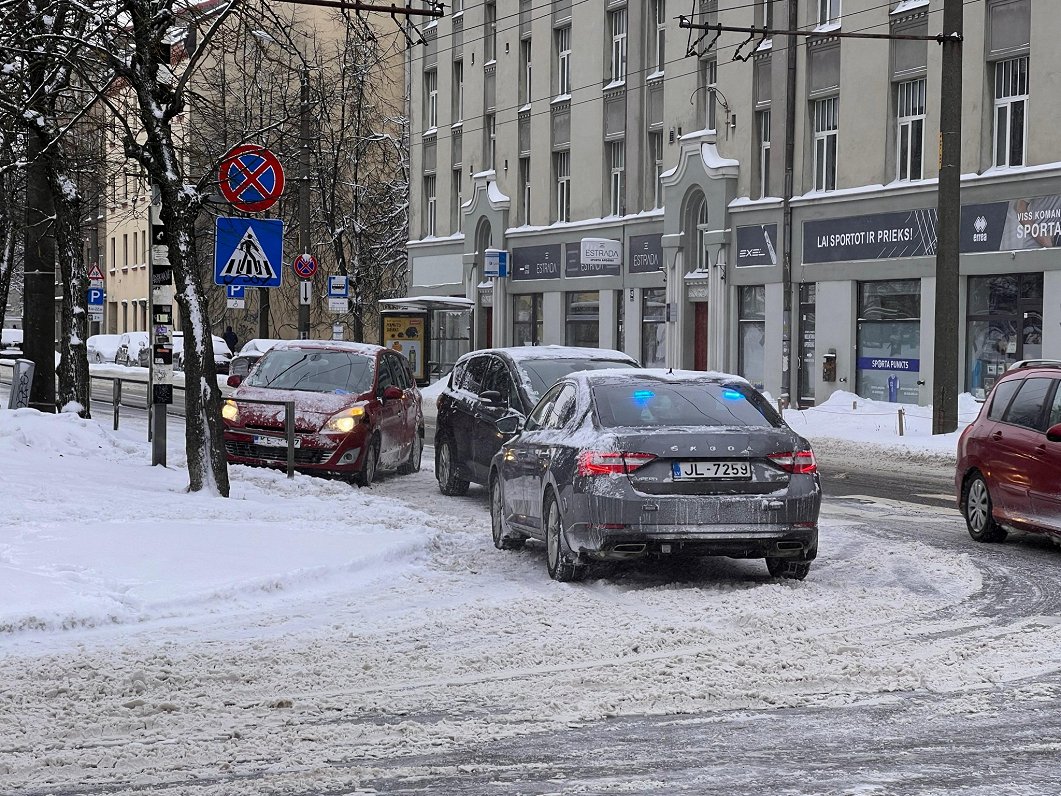By May 31, 2026, it is planned to:
- construct, rebuild, and renovate 6 mobility points in Riga (railway stations in Bolderāja, Ziemeļblāzma, Dauderi, Sarkandaugava, Zemitāni, and Škirotava) and two in Rīga region (Saulkrasti and Carnikava);
- extend the tram line by 2.2 kilometers and the trolley bus line by 0.3 km;
- construct a high-speed public transport line from the center of Riga to the Dreiliņi district in the length of 5.3 km and the associated bicycle and pedestrian road.
For these measures, the total available Recovery funding is under €97.29 million.
Transport Minister Kaspars Brisken (Progressives) said that with the creation of mobility points, the state will try to “bring new life into railway stations” - they will also include other services important to the particular neighborhood and society, such as postal offices.
The funding available for the high-speed public transport lane is just over €2.3 million. Thus, the total available funding for the improvement of Rīga and Pīeriga transport infrastructure is EUR 99,597,992.
“The objective of the investment is to implement a change in the travel habits of the Rīga metropolitan area by creating a competitive public transport offer in comparison with private transport, including in connection with micro-mobility, to restructure traffic flow and to create alternative routes, to transfer passengers from car to public and rail transport, thus reducing the negative impact of transport on the environment,” the Ministry said.
In Riga, the population is gradually decreasing, but in the immediate surrounding area (Pierīga) it is stable. But those living in the vicinity use the capital's infrastructure - the number of cars per 1,000 residents in Pierīga has risen from 329 to 415 in the past 10 years, according to the Ministry. However, statistics from the Latvian State Roads show that the average number of registered cars on the country's main roads at the Rīga City border has increased by 38% in the last 10 years – from around 124 thousand to 170 thousand on average per day.





























